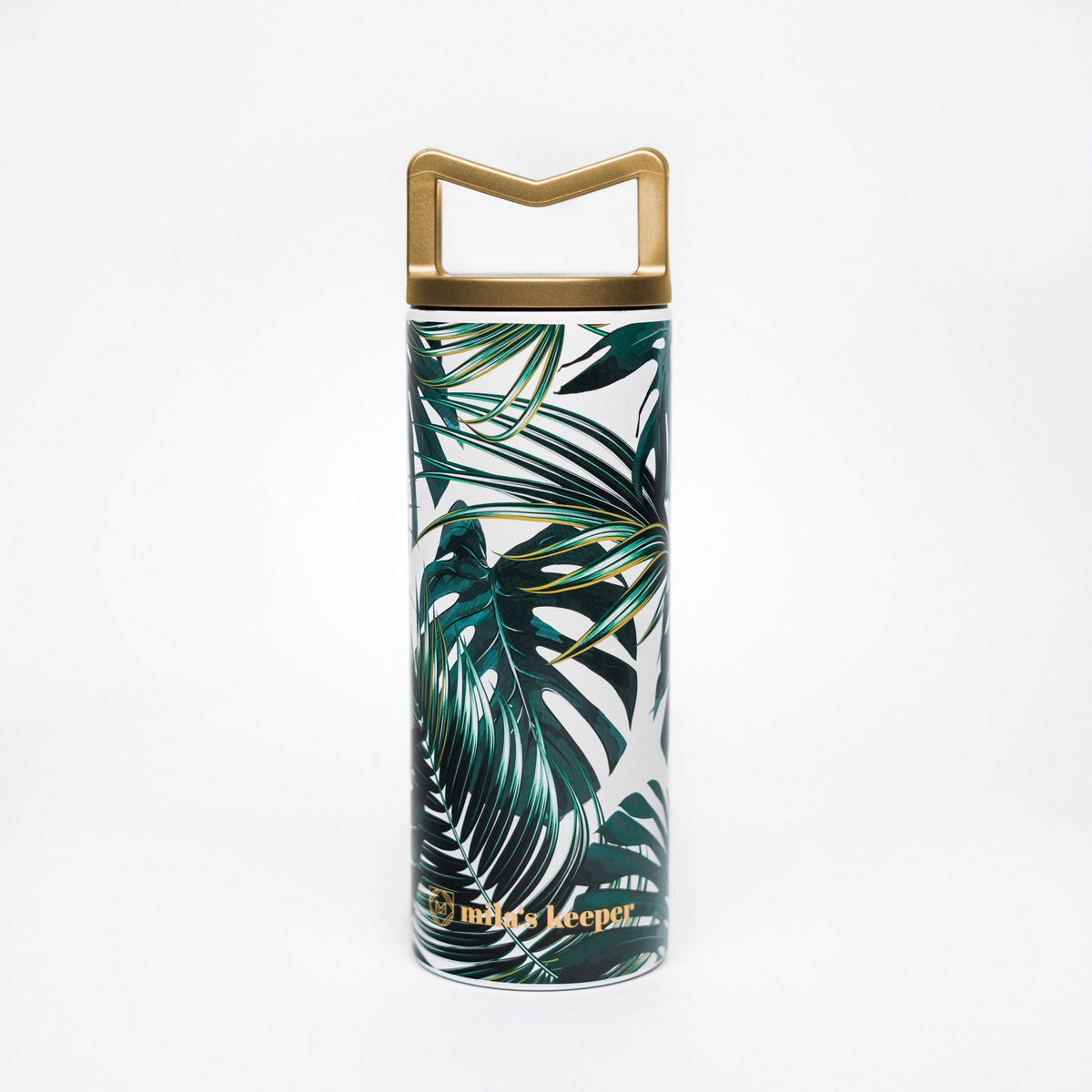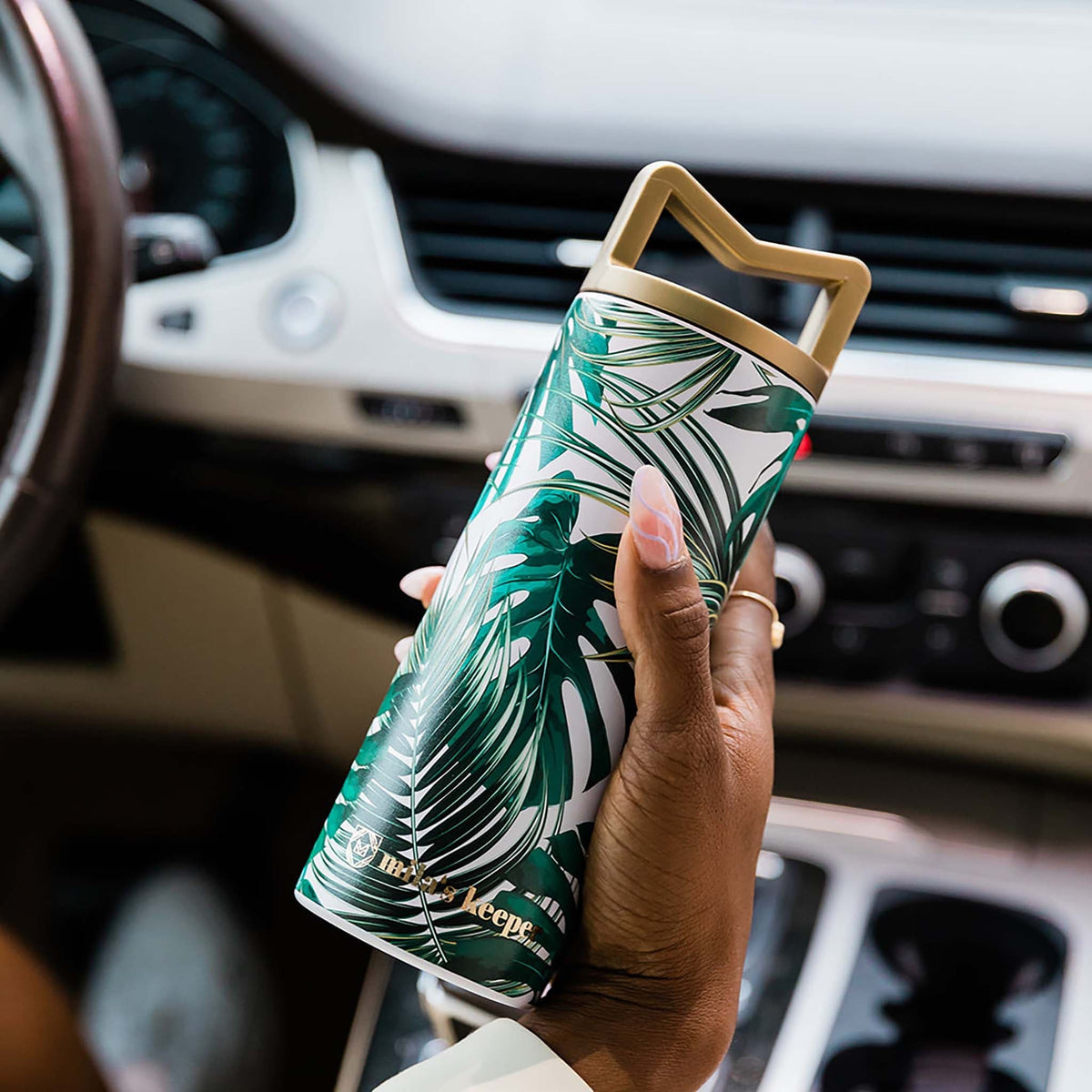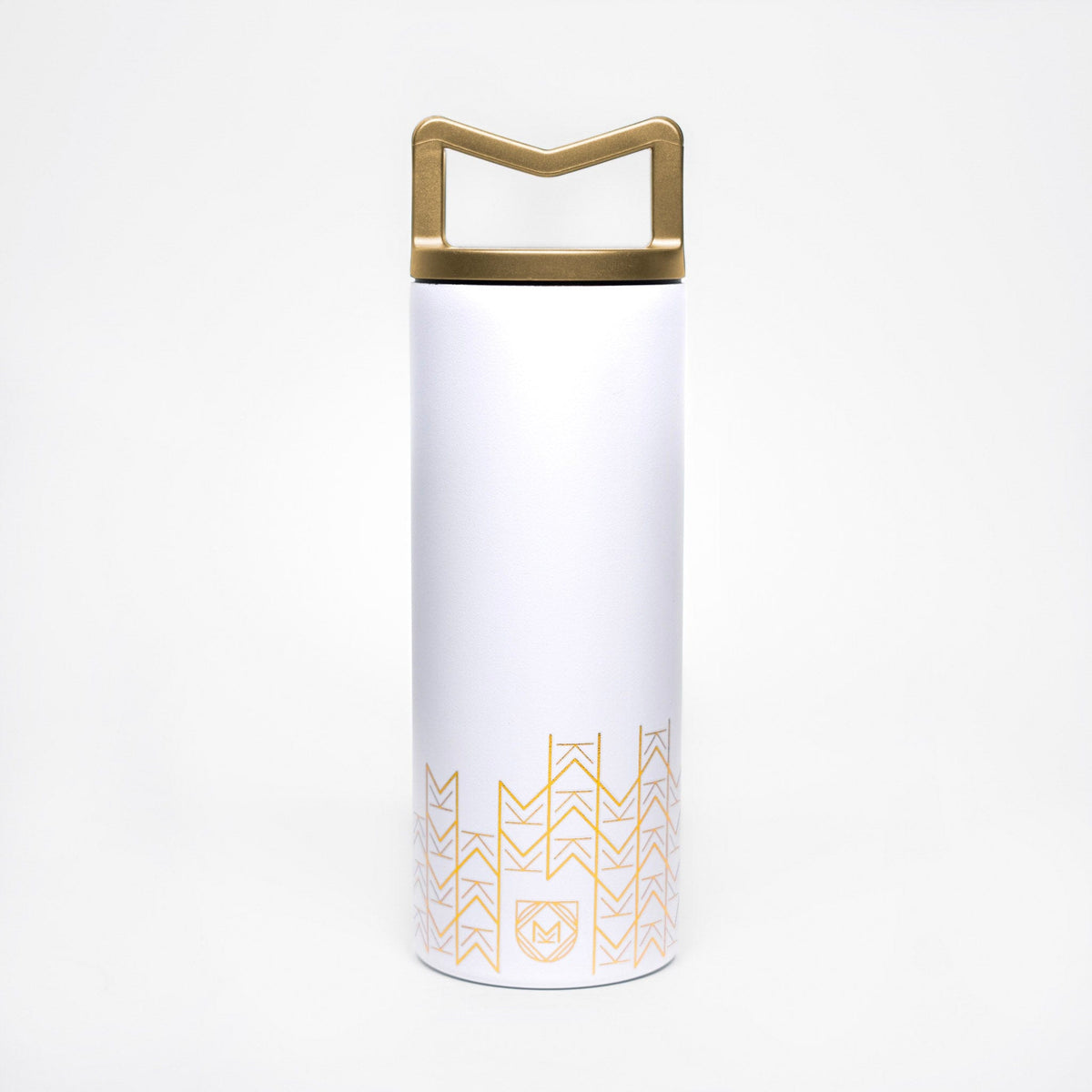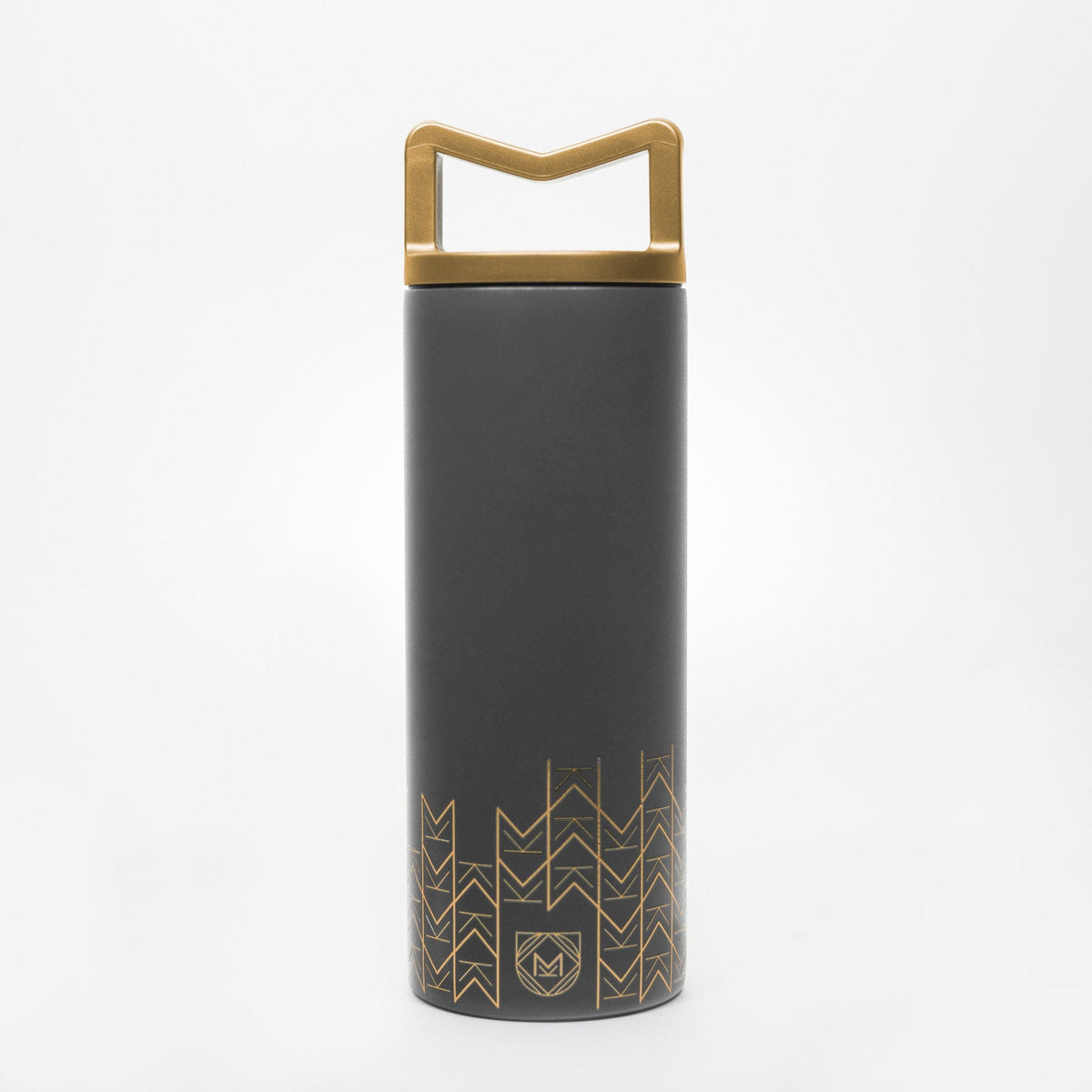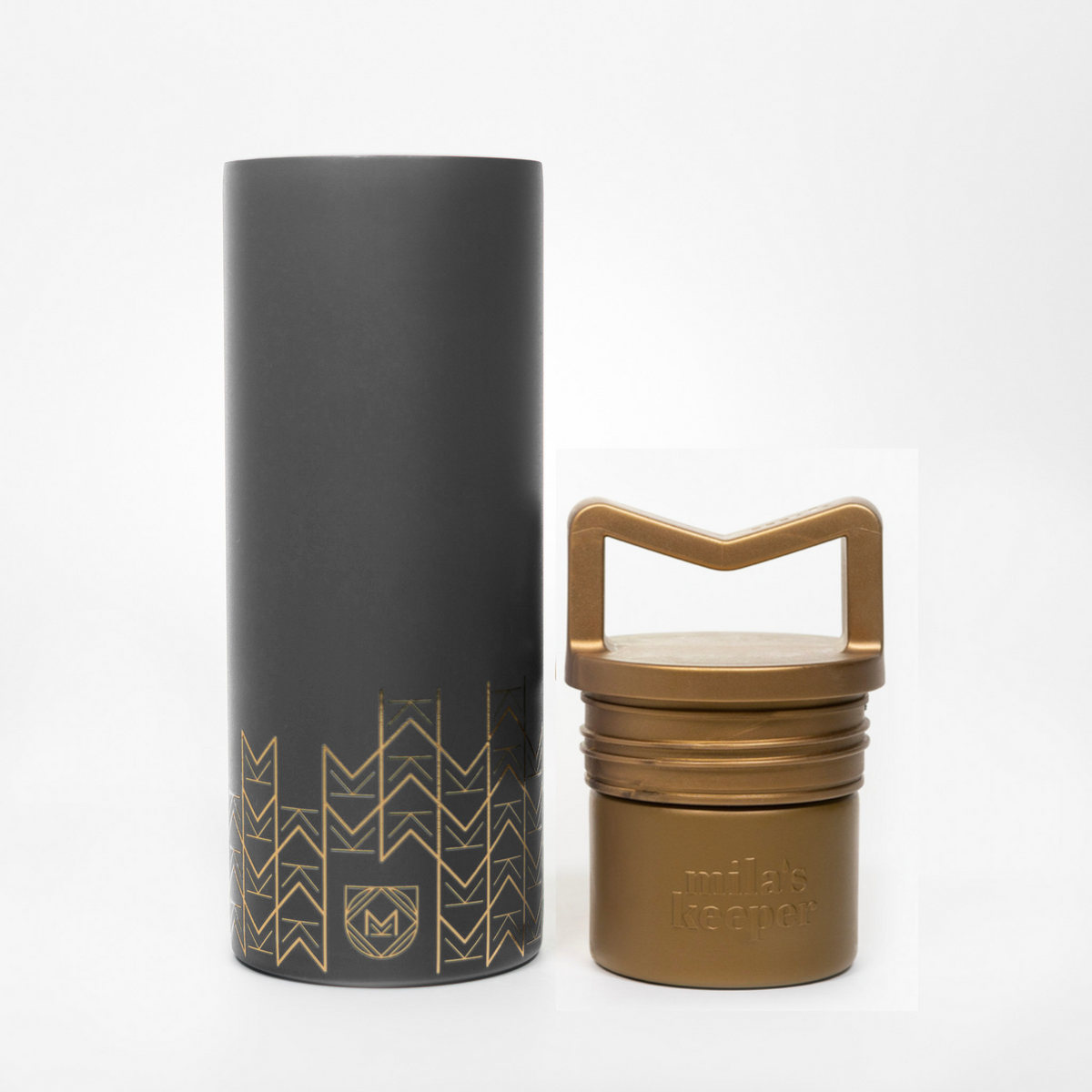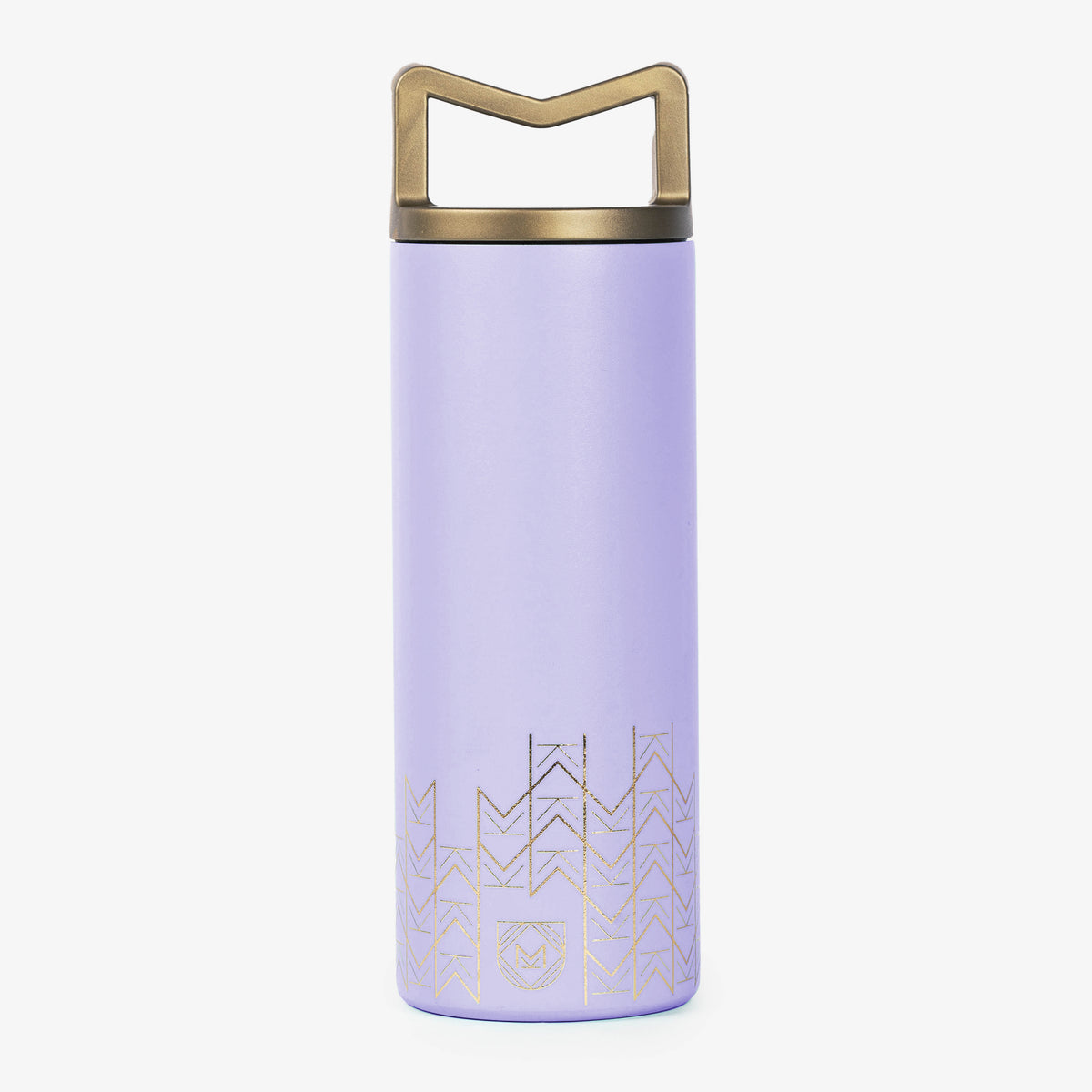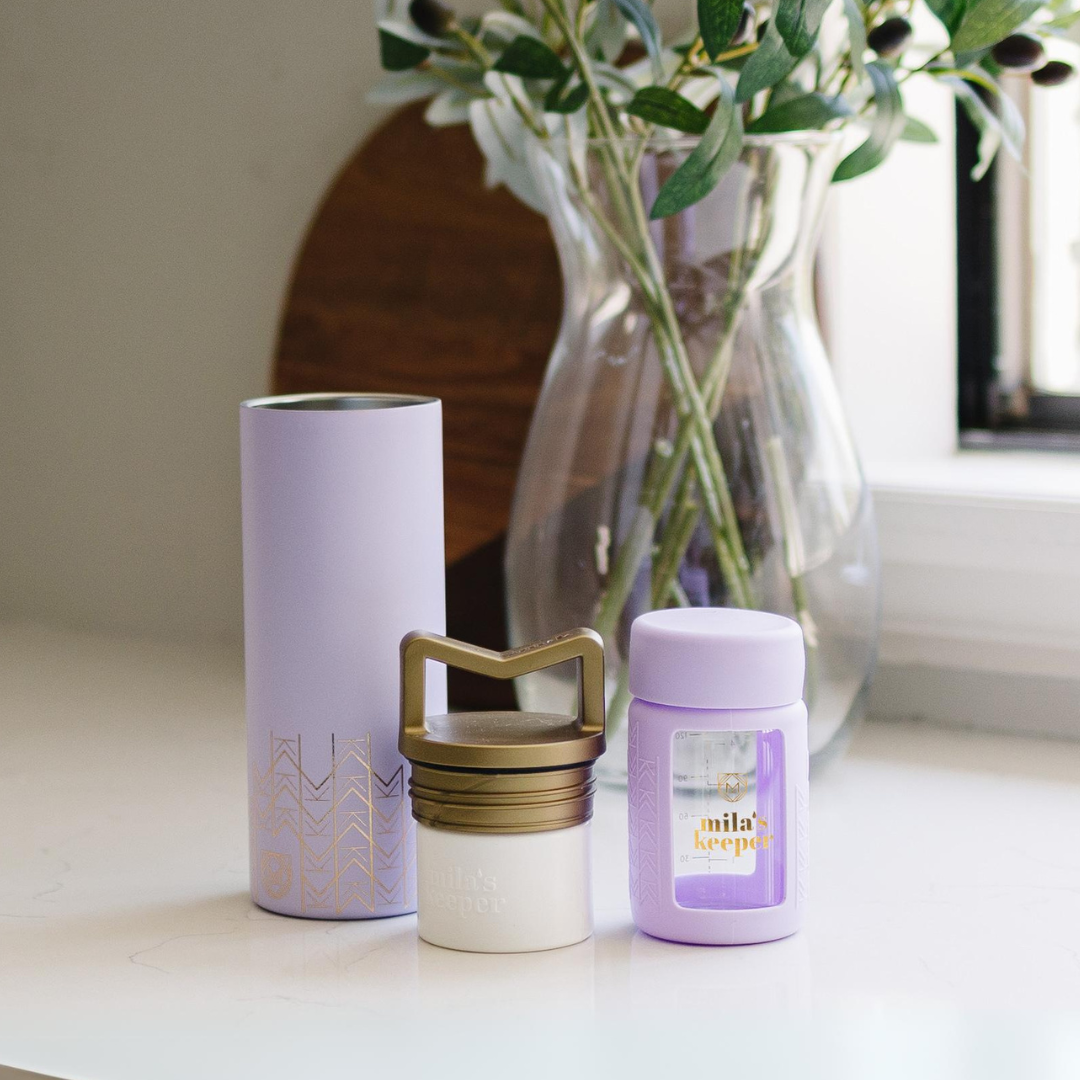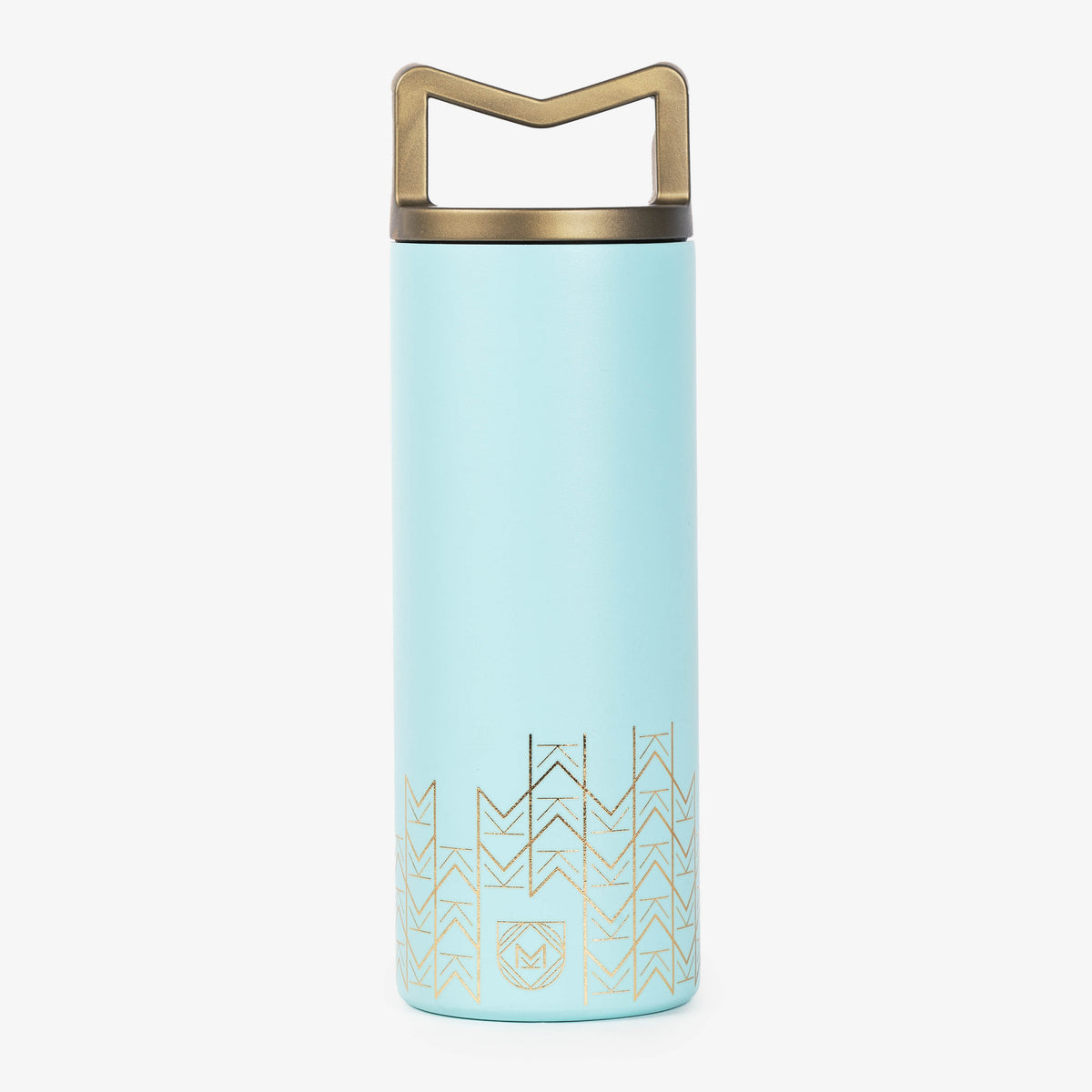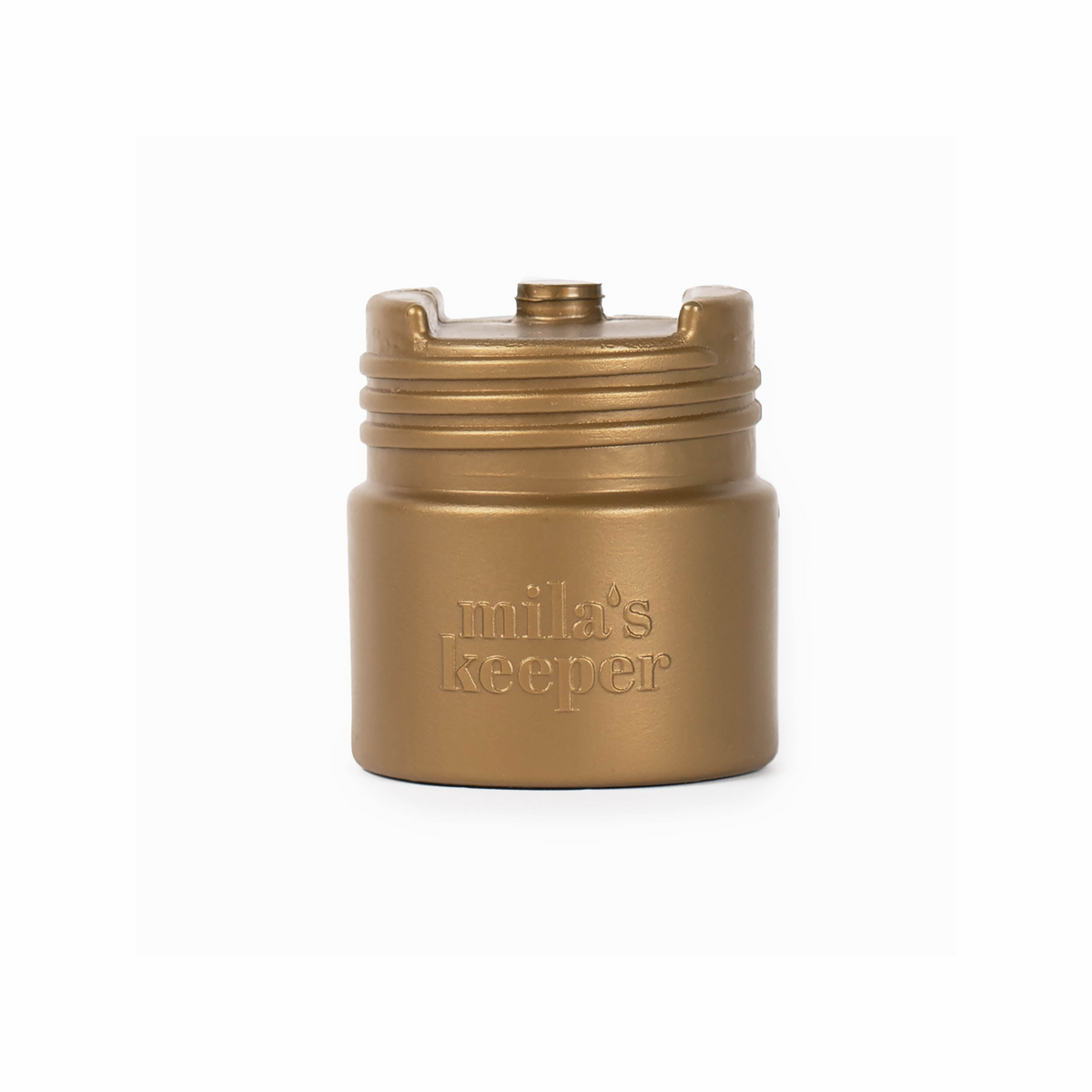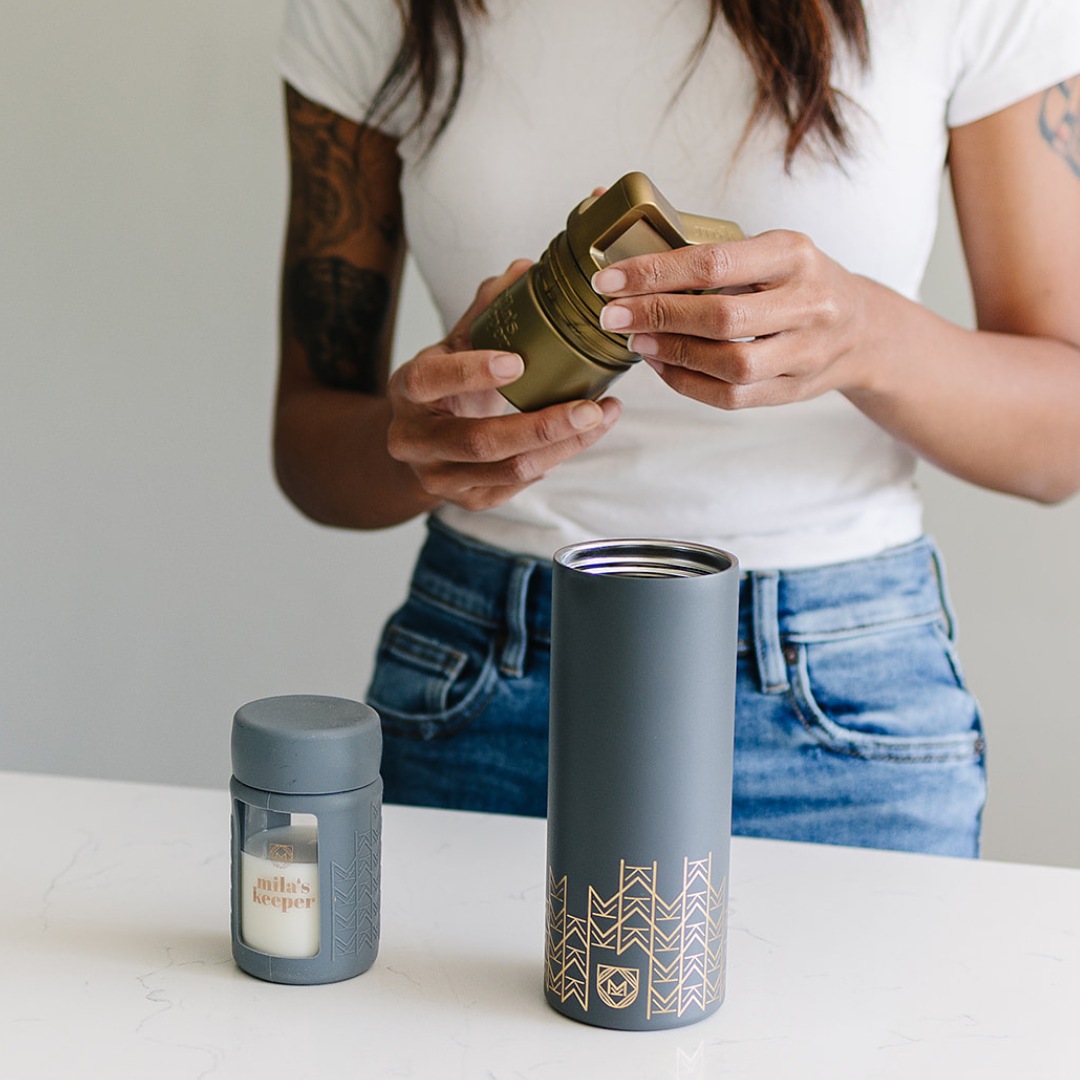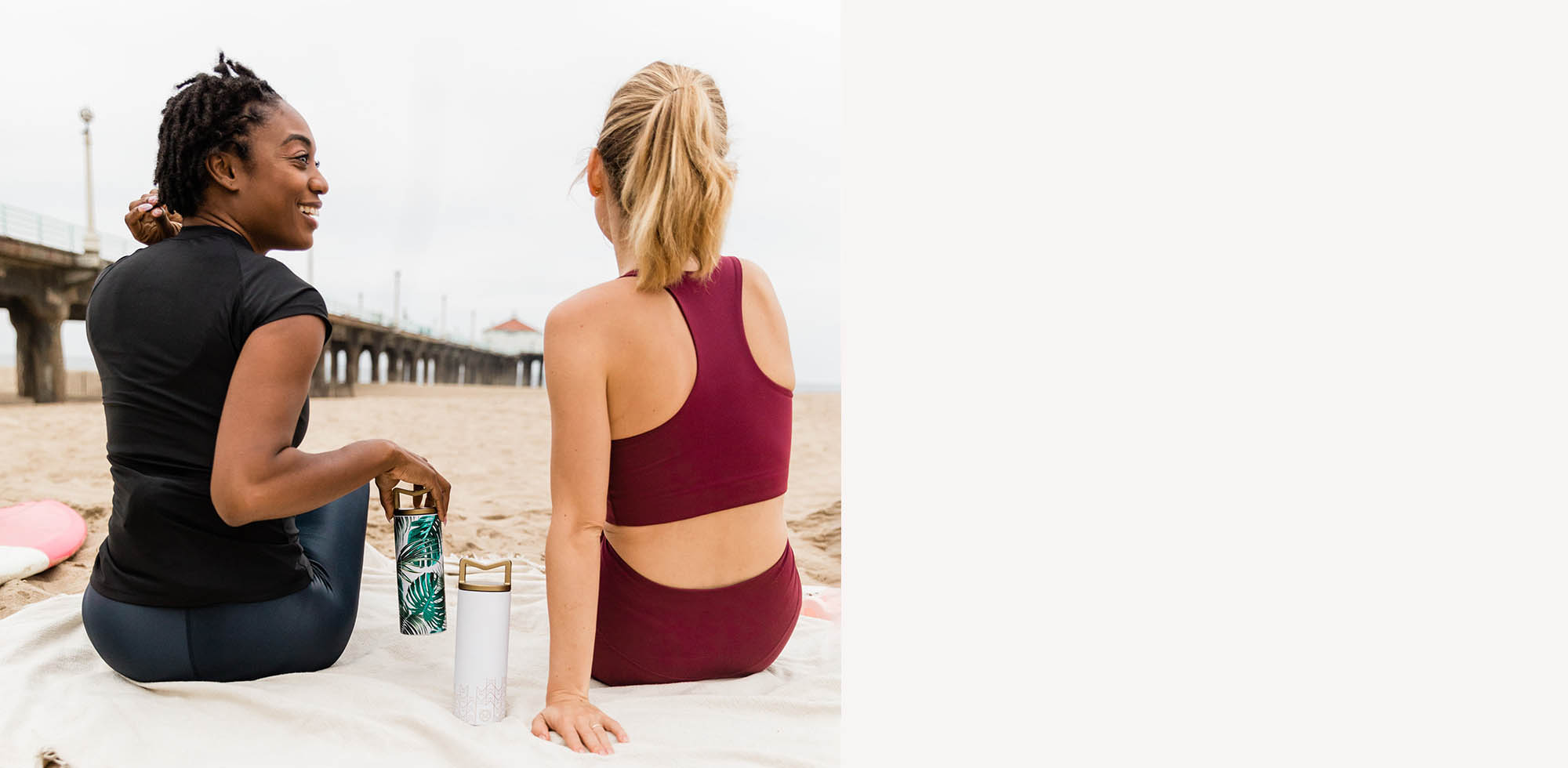LET"S CELEBRATE - The PUMP ACT!
Great news for all the working mothers and mothers-to-be out there! In December, the Senate passed the PUMP Act or the Providing Urgent Maternal Protections for Nursing Mothers Act. The passage of the PUMP Act is a historic and celebratory moment for mothers across the United States that ensures that many more breastfeeding parents have lactation accommodations at work.
The PUMP Act improves upon the 2010 Break Time for Nursing Mothers law and expands workplace protections for salaried and other types of employees that have a need to express milk and were not covered by the existing law.
We know there are many benefits of breastfeeding for both babies and mamas. The World Health Organisation (WHO) suggests babies are exclusively breastfed for the first 6 months of their life to achieve optimal growth, development, and health. Many nursing moms have a goal to breastfeed their babies for a year or more.
With many working mothers returning to work 12 weeks (or sooner) after giving birth, that leaves quite a few months when they’re juggling work and breastfeeding. For new mamas, the idea of leaving a tiny baby and returning to work is already daunting. Having to navigate a workplace that doesn’t have a space designated for you to pump breast milk for your baby is another stressor that mom's should not have to face.
For many women, there are simply too many obstacles upon returning to work to continue to provide an adequate supply of breast milk for their babies. So moms either end their breastfeeding journey earlier than they would like, which has a direct impact on her mental health and her baby's optimal feeding source; or they may not return to work. Either way, we believe that neither option is acceptable, which is why our society needs to do so much more to support moms in the workplace.
The passage of the PUMP Act came with bipartisan support which shows a greater understanding by the government and society as a whole, the importance of breastfeeding and perhaps most crucially the need to empower new mothers as they transition back into the workplace.
Here at Mila’s Keeper, we don’t think women should have to choose between going back to work and providing the best nutrients for their babies. We are passionate about helping all busy mamas provide breast milk to their babies, which is why we created breast milk coolers and storage solution to make it easier for nursing mamas to pump and store their breast milk wherever they are!
THE HARD WORK OF IMPLEMENTATION BEGINS!
We also firmly believe that while the PUMP Act has passed, the hard work of implementation is about to begin.
So how do we get around this next challenge of implementation? We'll discuss 4 steps to help you get this law implemented effectively!!
THE RUN-DOWN: WHAT DOES THE PUMP ACT DO FOR BREASTFEEDING MOMS?
Before we begin, it's important to understand what exactly the PUMP Act entails. Here’s a rundown of the PUMP Act and how you can assist in the implementation of workplace requirements at your job.

What was the predecessor law?
The Break Time for Nursing Mothers provision amended the Fair Labor Standards Act of 1938 by stating that employers should provide:
- A reasonable break time for an employee to express breast milk for her nursing child for 1 year after the child’s birth each time such employee has need to express the milk; and
- A place, other than a bathroom, that is shielded from view and free from intrusion from coworkers and the public, which may be used by an employee to express breast milk.
The provision also stipulated that an employer was not required to compensate an employee receiving reasonable break time for any work time spent for such purpose.
In addition, there is an exemption for employers with less than 50 employees. It states that they won’t be subject to the requirements if they would “impose an undue hardship by causing the employer significant difficulty or expense when considered in relation to the size, financial resources, nature or structure of the employer’s business.”
These loopholes resulted in deeming 1 in 4 women of childbearing age ineligible for these benefits!
What does the PUMP Act change?
It can be confusing to know exactly what the Pump Act means. So we break it down to four simple facts:
1. The PUMP Act expands on the 2010 law to include salaried employees and extends the protections for salaried and hourly employees for up to two years. According to the American Civil Liberties Union, that means an additional 9 million women, or nearly all breastfeeding employees will now be covered. Some of the workers that were excluded in the 2010 law that are now covered include occupations such as teachers, nurses, and farm workers.
2. It also states that the break time provided should be considered hours worked if the employee is not completely relieved from duty during the entirety of the break. So time spent to express breast milk must be considered hours worked if the employee is also working.
3. Another important change is that it makes it possible for workers to file a lawsuit against an employer that fails to comply, and to seek monetary remedy in court.
4. Businesses of 50 employees are less still have an undue hardship clause but it is rare for an organization to qualify under this which means #3 above really matters!
Another win is that these employee benefits are NOT gender-based - a vital detail to support the LGBTQ community and building a more inclusive breastfeeding community.
Also passed along with the PUMP Act, is The Pregnant Workers Fairness Act (PWFA). The PWFA allows women to request certain modifications to their workload while pregnant, and for employers to be required to provide reasonable accommodations for pregnant employees.
How can you implement the PUMP Act at work?
Lactation accommodations for working mothers differ across states. The PUMP Act ensures that there will be basic accommodations for most breastfeeding employees across the US, but it doesn’t preempt a state law or municipal ordinance that provides greater protections to employees.
Basically, if your state laws allow greater protections than the federal laws, your employer is required to follow the state law. You should absolutely look into what accommodations for breastfeeding employees, if any, there are in your state. You could have more protections and rights under your state laws than the federal laws, and you want to know what they are.
Some states, like California, require access to a sink with running water and a refrigerator suitable for storing milk, in close proximity to the employee’s workspace. In some other states, this isn’t a requirement. We hope that one day all nursing women will have every accommodation such as a refrigerator so that they can comfortably continue to breastfeed for as long as they desire, but until then, we created our glass breast milk bottles to fit right into our signature breast milk coolers to keep breast milk cool for 20 hours. That way, even if you don’t have a place to refrigerate breast milk at your workplace, your liquid gold won’t spoil by the end of the day!
5 Steps to Implement the PUMP Act at your Workplace
1. WITH HUMAN RESOURCES, IDENTIFY THE GAPS IN POLICY & COVERAGE
While we believe that most human resources departments will be leading the charge, many will not be fully aware of the new changes that have legally taken into immediate effect as of December 29, 2022. Therefore, we suggest that you should check with your manager and HR department to find out what your company’s current policies on pump breaks are. Inform them of the passage of the PUMP Act and the Pregnant Worker Fairness Act and urge them to update their policies to reflect the new legislation (if it wasn’t already in compliance).
Specifically inquire the following 6 questions about your company's current policy:
1. Who is eligible for receiving pump breaks (hourly, salaried, tenure, gender)?
2. How long are these provisions available for? (does this start at date of birth or date of return to work?)
3. How long can the pump breaks be?
4. Are pump breaks paid or unpaid?
5. Is there a private lactation space available for pumping that is not the bathroom?
6. Where and what does the policy say in writing?
This process of finding out the specific details of the current policy AND what is currently in place will help you easily identify the GAPs in what needs to be done to help fully meet the new requirements. Once you have identified the gaps in coverage and within the policy itself, you are ready to start planning the implementation.
2. FORM A COMMITTEE & BE AVAILABLE TO HELP
We know that this seems like a job for Human Resources - but we strongly believe that it is important that you are empowered to give suggestions and feedback during the process.
We also firmly believe that it is not a task that should be left solely up to pregnant or nursing women to lead the charge. Non-lactating people can and should advocate for such a space. This is a time when we can all build off of this momentum and create a new normal. It shouldn’t be an anomaly for a company to have great accommodations for nursing women, it should be the standard.
Offer help to human resources potentially by forming a working committee which is representative of different perspectives to ensure that the law accommodates all employees fairly.
3. PLAN & BE CREATIVE
Since some small businesses with under 50 employees can be exempt from providing lactation spaces due to the financial hardship it may cause, that doesn’t mean all hope should be abandoned. We should think outside the box to try and accommodate as many employees as possible. The working committee can be very useful in coming up with different ideas. We have come up with a few below!
- If a permanent, designated lactation space can’t be created, what other spaces would be suitable to be temporarily converted? Is there a meeting room that could be used when needed? Maybe discuss designating certain blocks of time for the meeting room to be used for lactation purposes only.
- If there isn’t a meeting room, perhaps there’s a small break room that could be partitioned off to allow nursing mothers time to pump. Or if it’s a large break room could a section of it be permanently dedicated as a lactation space?
- If you’re in a shared office space building, you could collaborate with employees from the other businesses in the building and see if there’s a room available that could serve as a designated lactation space if there isn’t one available in your office suite. The businesses can pool money to purchase a Mamava pod, a freestanding, private lactation space that can be placed just about anywhere!
- What about cordoning off an empty hallway- putting up curtains and providing comfortable chairs? If it’s a really small space, consider using a sign-up sheet to coordinate with other nursing women that need to use it too. While a designated room for nursing mothers is preferable, something small is better than nothing and certainly better than using the bathroom. Just make sure you put up clear signage to deter inquisitive colleagues from peeping behind the curtain!
Be sure to look for our future blog post on the 10 key components that comprise of a good lactation space!
Another important topic where creativity is important is outlining how pump breaks can qualify as paid time. Does the job have tasks that can be done while pumping? Most nursing moms are able to pump hands-free, so if there work that can be done in a private setting, for example using a table and a computer, she can complete work while pumping. Not all jobs are at a computer or desk, so creativity is needed in many circumstances.
4. CREATE A TIMELINE WITH CLEAR DEADLINES
Finally, once the brainstorming is done - in conjunction with human resources, make sure that a clear plan of implementation is created, with a specific timeline and assigned task bearers. The implementation of the PUMP Act is a time sensitive need for breastfeeding employees, so it's critical to have everything outlined transparently in an organized and accountable manner.
5. COMMUNICATE COMPANY-WIDE THE DETAILS OF THE NEW COMPANY POLICY & ACCOMMODATIONS
While it is important to have ongoing communication within the overall company about the process of implementation, it is most important to communicate the new policy and accommodations once it has been implemented. This is important not only to make sure that all employees know they qualify and can access the benefit, it is also a great way to show employees that the company cares and to build employee loyalty and retention.

What if your employer doesn’t comply with the law?
The legislation went into effect the day it was signed into law by President Biden on December 29, 2022, but there is a 120-day delay for the enforcement provision, making the effective date April 28, 2023, for that provision.
There’s a 3-year delay in the implementation of the protection for rail and motor coach operators, and due to industry opposition, airlines are exempt from having to provide the accommodations for crewmembers at all.
While we believe that employers and employees can find ways to accommodate the needs of pregnant and breastfeeding individuals, even if means they have to get creative. If however, your employer refuses to comply with the law, you can take action in various ways.
- Employees can file a complaint with the U.S. Department of Labor Wage and Hour Division (WHD) and they will investigate. It is illegal for an employer to fire or discriminate against an employee for filing a complaint.
- Employees can contact free helplines for assistance in understanding their legal rights and options. Center for WorkLife Law and/or A Better Balance.
- Employees can file a lawsuit against their employer.
A lawsuit can be filed right away for violations of the break time requirement, if the employer has indicated it has no intention of providing private space for pumping, or if an employee has been fired for requesting break time or space.
If your employer fails to provide adequate lactation space, you should first notify them that they are not in compliance. They then have 10 days to come into compliance.
If 10 days have lapsed and they are still not in compliance with the required lactation space accommodations, you can file a lawsuit against your employer.
We hope that employers will comply with the new legislation without the need for intervention, but of course, that’s not always the case. We do think that there is strength in numbers and that if an employer is not complying, workers should band together to advocate for the rights of pregnant and nursing women so they don’t have to do it on their own.

Final thoughts
We all know by now that breast milk provides ideal nutrition for babies and supports growth and development. Not only that, but breastfeeding even helps nursing mothers in numerous ways, including by reducing breast cancer by 6%.
In the US, 83% of mothers will initiate breastfeeding, but by month 6, only 24% are exclusively breastfeeding. Breastfeeding beyond 6 months can provide continued nutrition and immunity support, as breast milk continues to change and adapt to meet the baby’s needs. It can also promote healthy cognitive and emotional development.
We need to improve the ecosystem in the United States for working and breastfeeding mothers. Full-time working women who lack lactation spaces to cold storage availability lead to early breastfeeding cessation. These facts and my work as a former UNICEF Public Health Partnership Expert inspired me to create Mila’s Keeper.
We’re so excited about the passage of the PUMP Act and PWFA and their acknowledgment of the importance of providing working mothers with the space and time needed to continue their breastfeeding journey.
As a company, we want to do our part in that journey too, and that’s why all of our breast milk storage products are committed to making that journey easier. We know that having the right tools at your disposal can make all the difference!
Keep Reading related blog: Six Tips on When to Choose to Start Your Maternity Leave.
--
A female-designed and female-run company, Mila's Keeper is on a mission to empower women to thrive during their breastfeeding journey by offering reusable, eco-friendly breast milk storage solutions for their day-to-day needs. Get the latest tips and info on Mila's Keeper products by following us on Facebook, Twitter, Instagram, Pinterest, and LinkedIn.











